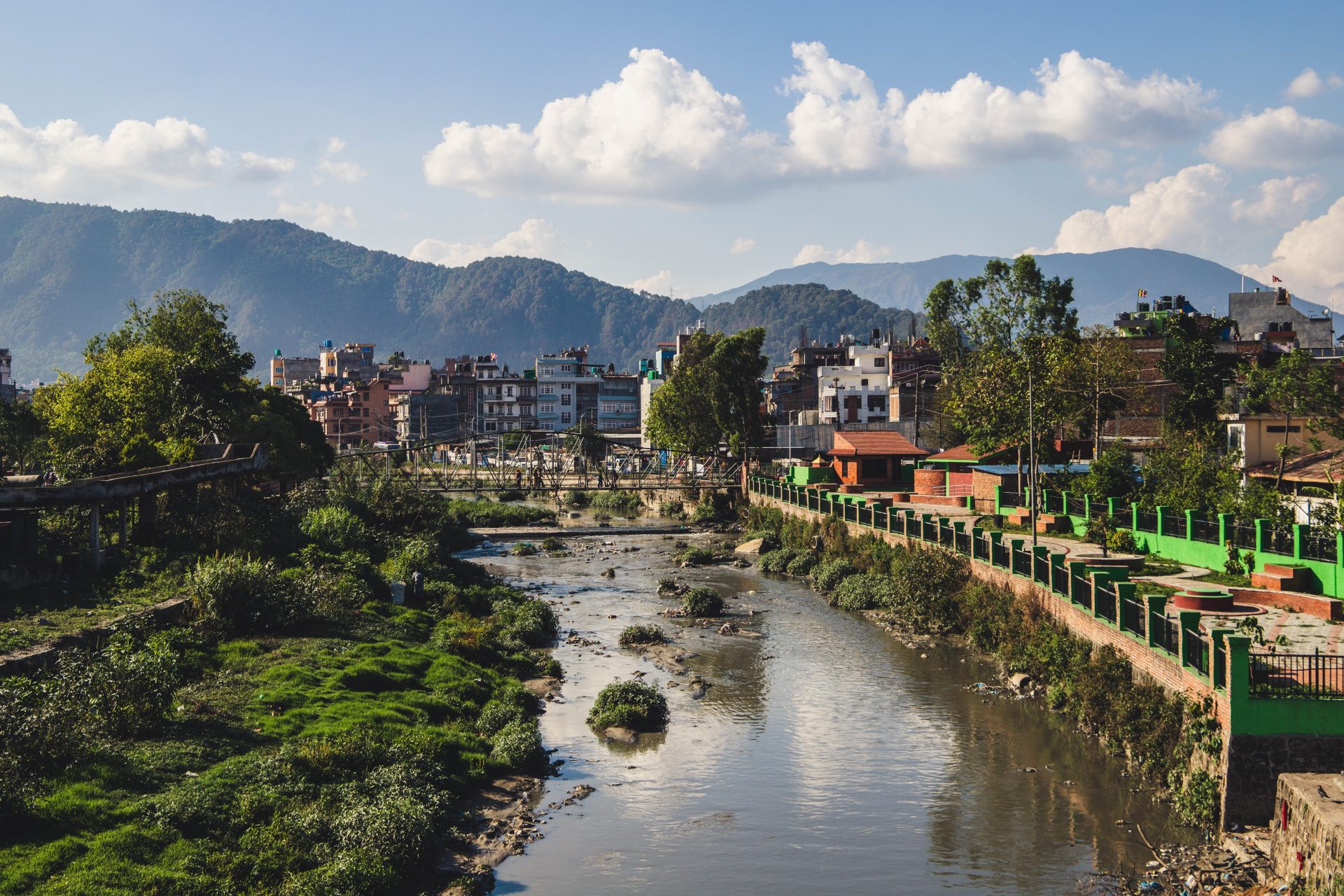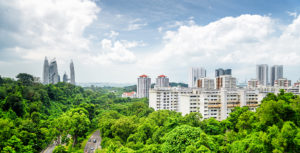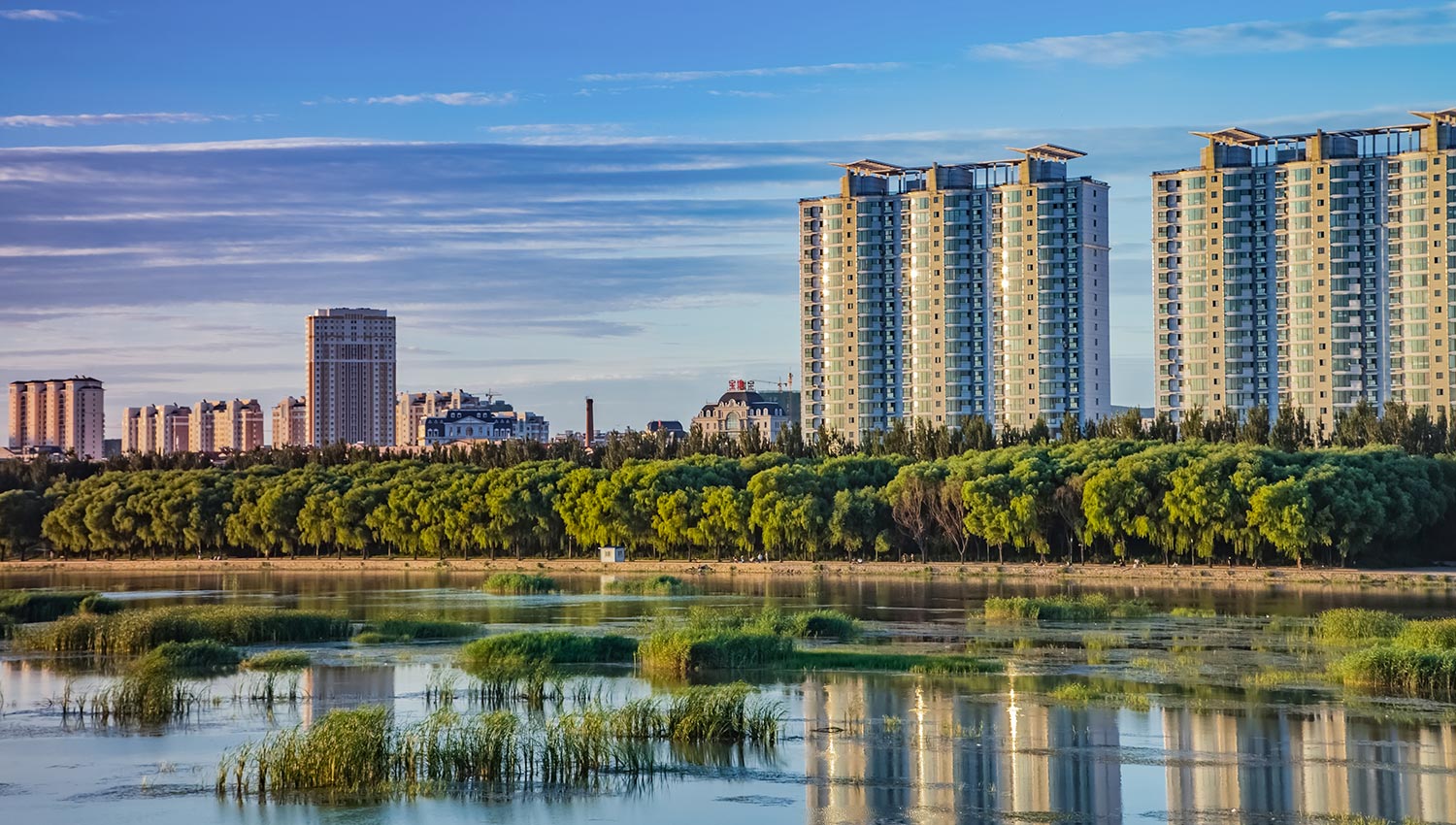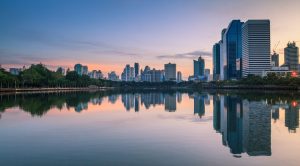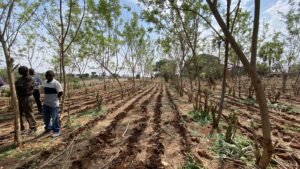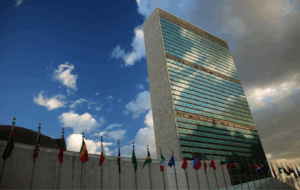5 things you should know about water and cities
Water is one of the greatest urban challenges, and how cities manage water has an enormous impact on the entire planet. This relationship is only getting more and more important as the world is urbanizing at record speed. Here are five things everyone needs to know - especially if we are to achieve the Sustainable Development Goals for water and cities.
Between 10-19 July, the High-Level Political Forum on Sustainable Development (HLPF) takes place in New York. This yearly event aims to take stock of progress on the Sustainable Development Goals (SDGs), with a few SDGs in focus each year. In 2023, SDG6 on water and sanitation is reviewed for the first time in four years, but water is also critical for the other SDGs being assessed, on energy (SDG7); industry, innovation and infrastructure (SDG9); cities (SDG11) and partnerships (SDG17).
SIWI works actively to raise awareness of how water underpins all the SDGs. Here are five critical facts know about water and cities:
1. The rapid urbanization could make global water problems much worse
By 2050, it is expected that 80 percent of the global population will live in cities (up from 50 percent today). This means that how cities manage water will have an enormous impact on the entire water cycle, which is emphasized in reviews of progress on SDG6.
2. Risks include disasters, water shortages and pollution
Focus has so far often been on how more and more cities could run out of water, but pollution, sea-level rise, floods and storms are other growing risks. Many of these problems can be tackled by better management of water.
3. By 2030, four out of five mega cities will be in low-income countries
The fastest urbanization takes place in parts of Africa and Asia that are already hard hit by the escalating water and climate crises. The fate of these cities is closely linked to climate change. One reason why they grow so fast is that more and more people are forced to migrate to cities after natural disasters or prolonged droughts make farming impossible. Greater investments in rural areas and small scale farming would reduce pressure on cities.
4. Clean water and safe sanitation must be top priorities
Many mega cities are surrounded by sprawling informal settlements that are prone to flooding and short on waste management, clean water, and toilets. By improving access to basic services, people and societies would be more resilient to climate impacts and water would be less polluted.
5. Water-wise cities can reduce greenhouse gas emissions
Swelling urban areas pollute nearby watersheds and encroach on surrounding wetlands, forests, and farmland. This in turn aggravates the water and climate crises since it eradicates ecosystems that would otherwise have provided freshwater, lowered temperatures, cleaned the air and sequestered greenhouse gases. Cities should instead protect or restore forests and wetlands since that could both buffer against extreme weather and sequester greenhouse gases.
SIWI is actively working to raise awareness of how water underpins all the SDGs. Ahead of the High-Level Political Forum, two policy briefs have been published to help cities shift to more water-wise strategies.
- Guide to climate-smart and water-wise cities, which builds on insights from the first-ever scientific review of the role of water in climate mitigation, The Essential Drop to Net-Zero: Unpacking Freshwater’s Role in Climate Change Mitigation.
- Additional resources can be found in Building urban resilience through strategic and environmental planning from source to sea.
